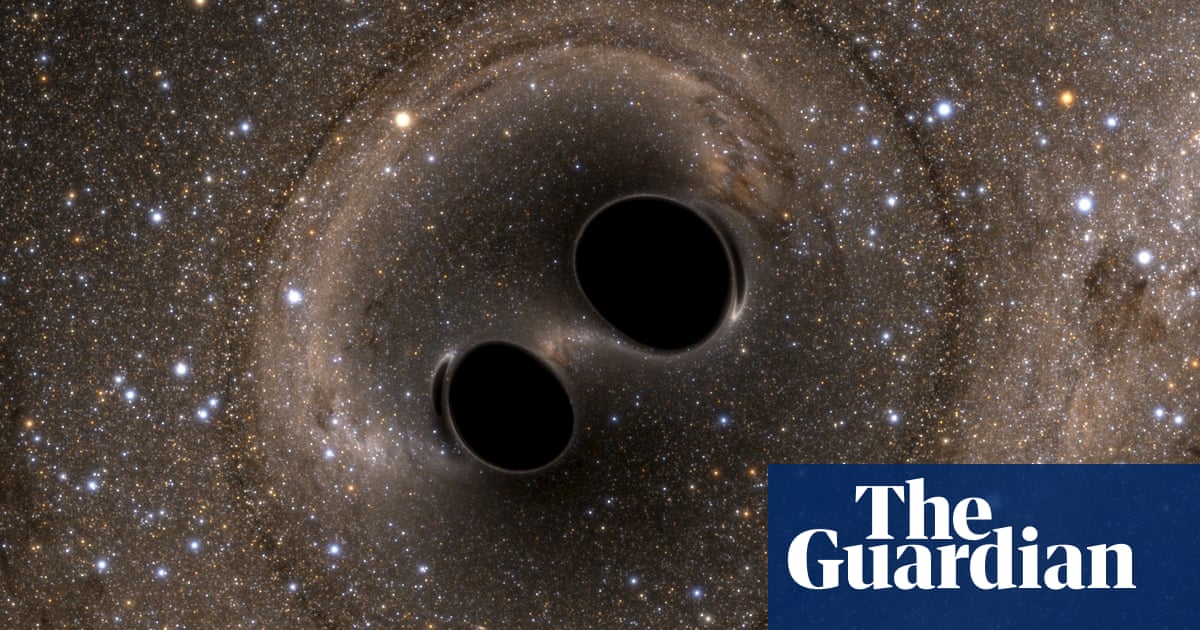
"These are the highest masses of black holes we've confidently measured with gravitational waves, said Hannam, a member of the Ligo scientific collaboration."
"The sudden spasm in space-time caused the detectors to stretch and squeeze for one tenth of a second, a fleeting moment that captured the so-called ringdown phase as the merged black holes formed a new one that rang before settling down."
"The event is the most massive black hole merger ever recorded by gravitational wave detectors and has forced physicists to rethink their models of how the enormous objects form."
"These are the most violent events we can observe in the universe, but when the signals reach Earth, they are the weakest phenomena we can measure, said Prof Mark Hannam, the head of the Gravity Exploration Institute at Cardiff University."
Scientists detected ripples in space-time from the collision of two black holes, each over 100 times the mass of the sun. The merger, about 10 billion light years from Earth, created the heaviest black hole ever recorded by gravitational wave detectors. The event occurred on 23 November 2023, when two detectors in the US registered the collision. The collision resulted in a new black hole, with masses of 103 and 137 solar masses, spinning rapidly, which presents challenges to current astrophysical models.
Read at www.theguardian.com
Unable to calculate read time
Collection
[
|
...
]